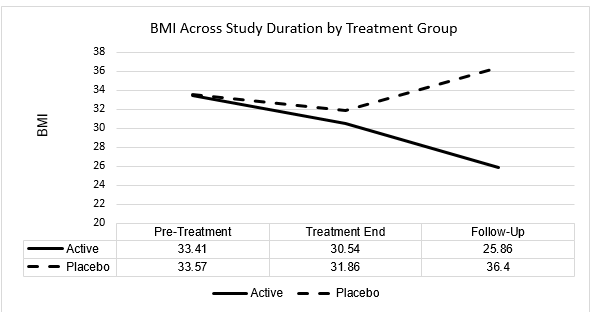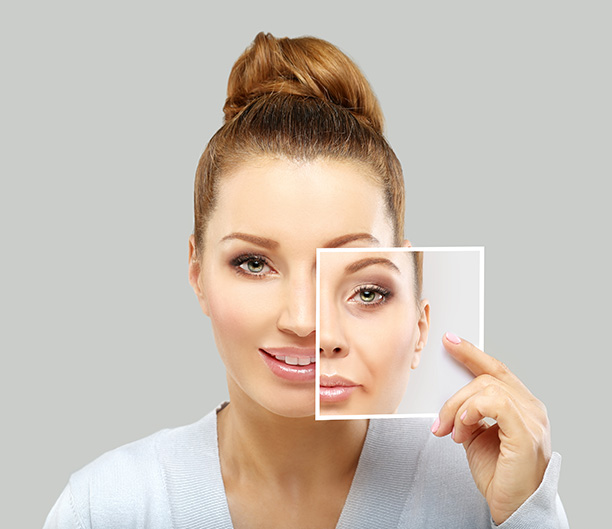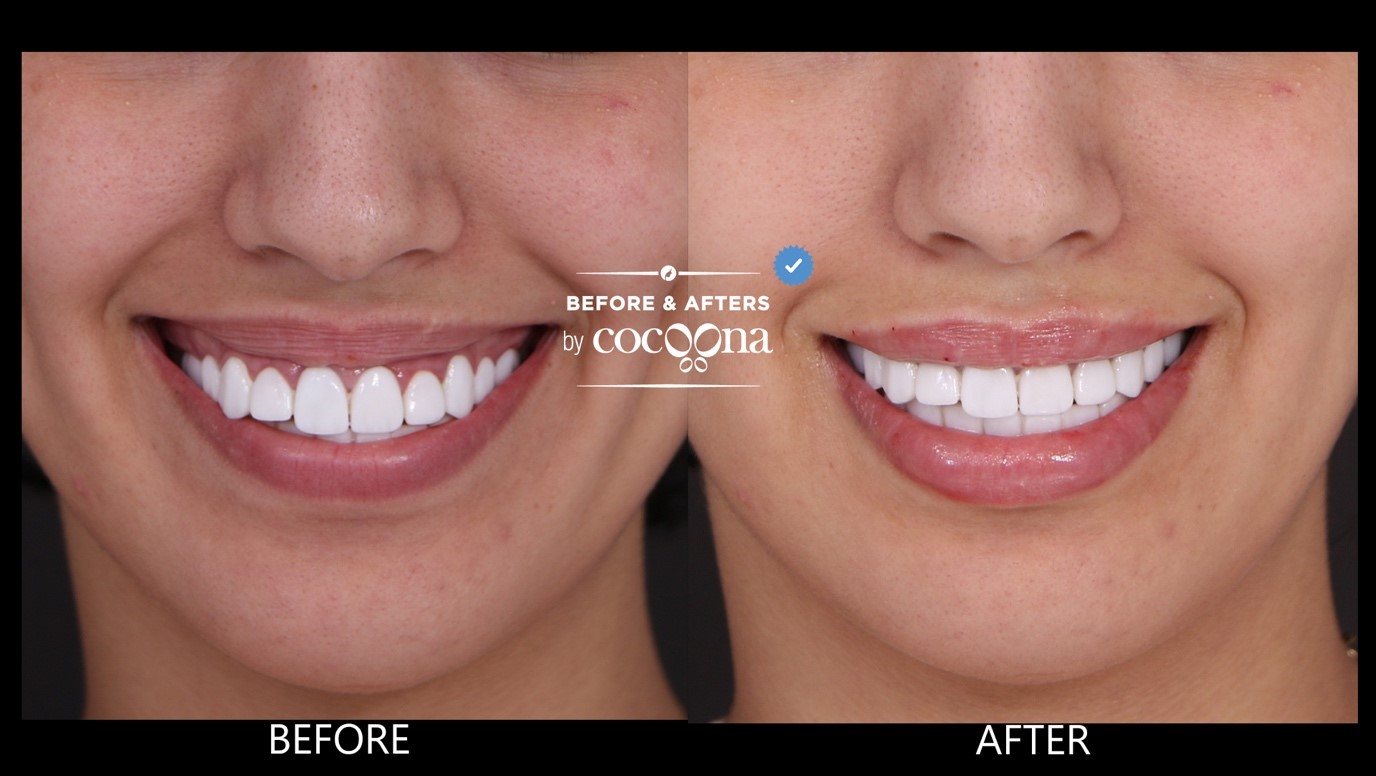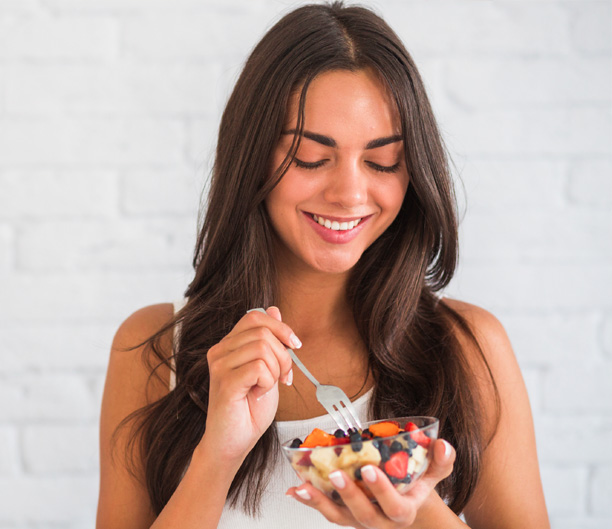Getting Braces? Here’s What You Need To Know
Gone are the days when having dental braces is seen as one of the classic symbols of puberty as commonly portrayed on movies and TV shows. That braces-laden middle school graduation photo was probably the ultimate portrayal of the days of awkward past.
Not anymore though! In this day and age, having dental braces is now widely accepted. Getting braces is not just for kids of pre-puberty age anymore. Adults, celebrities, and models even get dental braces at typically any age. It has become so widely popular that some even go as far as considering it a fashion statement.
No matter the evolution in their reputation, dental braces still serve the same purpose as has always been. Aside from the self-image boost of having an aesthetically pleasing smile, aligned teeth also equip you to prevent cavity and tooth and gum diseases. Dental braces also help to fix misaligned jaws or bad bites (underbite, overbite, or crossbite) that could lead to several dental-related impairments such as tooth loss or chipping, and even speech disorders.
If you are considering getting braces or think that your child needs it, read on so you can equip yourself with essential information of what to expect before, during, and after getting dental braces.
Before Getting Braces: The Low-Down
- Know that there are now different types and makes of dental braces that you can choose from. First is the good old, traditional metal brace. Another is its ceramic version, which serves as a good camouflage due to its appearance and color being the same as teeth. There’s also the lingual brace, which is typically the same make as the traditional metal, only that it is placed on the inner or tongue side of the teeth. If you prefer a removable and trendy option to teeth alignment, then an invisible aligner or Invisalign is the way to go which works as a clear plastic tray custom-shaped to your teeth.

- Getting dental braces in Dubai starts at 10,000AED (3,000USD). The final cost varies with each person, as it will depend on the severity of misalignment, which also often determines if you will need additional extractions or related procedures, as well as the type of dental braces you choose to have. Investing in dental braces is a hefty cost, however, most clinics offer friendly financing options. In some cases, health insurance plans even cover a portion of the cost.
- The entire process of getting braces is not as easy as 1-2-3. An orthodontist will have to do a thorough assessment of your case. Before the actual installation of the braces to your teeth, you may have to undergo several procedures first such as an x-ray, extraction of 1 or more teeth to create the ideal space for movement, or a palate expansion to widen the jaw. Again, each case is different so you can expect your orthodontist to walk you through the whole process.
- It’s understandable to feel scared thinking of how painful it will be, but it is wise not to panic and just manage your expectations from the onset. We have different pain tolerance levels, after all. To some, the pain during the installation of braces is very mild, the sort of pain that you can easily manage with an over-the-counter pain reliever pill. To others, there is no pain at all, but just a feeling of discomfort and pressure while the orthodontist is doing the twists and turns of the installation process.
- The application of the braces itself takes no longer than 2 hours on average, however, there is no definite answer as to how long you will need to have your braces on. It can go anywhere from 8 months to 2 years, even longer. The treatment duration is dependent on each case’s severity, and there are times when your orthodontist will recommend extending according to how the alignment process is responding.
Life With Dental Braces: From Adjustment Pains to Normalcy
- As with any new experience, the first few days after getting dental braces will be one heck of an adjustment period. Put simply, it will be uncomfortable. You will talk differently and with a lisp. Your lips will pout. The inner portion of your mouth will suffer from abrasions from the metal before they get trained to toughen up. The list goes on. The silver lining is: it will get better as you eventually adapt and get used to it. Before you know it, you won’t even feel like it’s there at all.
- Your choices of food and how you eat them will have to adjust as well. Steer away from foods that are too hard, chewy, sticky, and stringy. This does not mean that you’ll have to survive on smoothies alone, but in general, you will have to be mindful before eating anything that might get stuck or cause damage to your brackets.

- That being said, having braces means taking your brushing and flossing to a whole other level. Food will definitely get stuck in one way or another, so it is wise to bring a handy dental kit with you all the time. Brushing and flossing with braces is basically a skill, with all that nook and cranny you have to get into. However, as with any other skill, you’ll learn to be an expert in no time.
- In many ways, having dental braces is a commitment. For one, dental braces adjustment is done on a regular schedule, usually every four weeks. During your routine check-up, your alignment progress will be checked and tightening adjustments will be done. This process can be uncomfortable to some in the hours or days after, but nothing that can’t be relieved with ice, cold drinks, or pain relievers.
Life After Braces: It Will Be Worth It
- Do know that after getting your braces off, you will still have to wear retainers to secure that your newly aligned teeth will stay put. You may also consider having your teeth whitened afterwards as having brackets for a long period of time may cause some uneven discoloration.
- One thing is for sure, nothing compares to the feeling after you’ve had your braces taken off. The first look in the mirror will feel like looking at a completely different person. Earning a smile that you can be proud of and feel your absolute best is unlike any other. All the pains you went through will be absolutely worth it.
Get Your Dental Braces in Cocoona Dubai
All other things considered, one of the most important things that you have to know before getting braces is to make sure to choose an orthodontist that will be with you every step of the way on your dental braces journey.
When looking for where to get dental braces in Dubai, look no further than Cocoona Center for Aesthetic Transformation. Our dental clinic is fully equipped with modern and advanced facilities, as well as highly experienced orthodontists. Get the best advice and book a consultation with us.





































